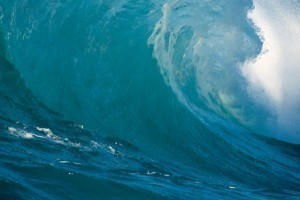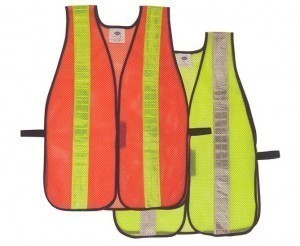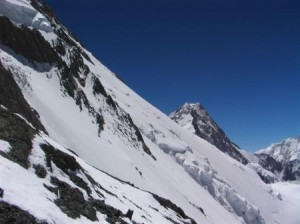How Big is a Tsunami?
People have become quite interested in tsunamis due to their increased occurrences in  many parts of the world. Most generally understand it to be a really huge wave that can destroy coastal areas. However, there is more to a tsunami than what we have seen in the news. We’ll go over several common questions like how big is a tsunami, what it is, and how they are generated.
many parts of the world. Most generally understand it to be a really huge wave that can destroy coastal areas. However, there is more to a tsunami than what we have seen in the news. We’ll go over several common questions like how big is a tsunami, what it is, and how they are generated.
Defining a Tsunami
Before discussing how big is a tsunami, you should first understand what it is. A tsunami is not exactly just a huge wave that can destroy large coastal areas. It is more of a series of many waves that is characterized by a really long wavelength. It also observed to have a long time in between crests. Tsunamis are created when a large portion of seawater is displaced.
The time in between the crests of each wave in a tsunami can range from minutes even up to more than an hour. This means that sometimes after a big wave hits a second one may follow an hour or so later. There are those who incorrectly say that tsunamis are tidal waves. The truth is that tsunamis are not related to or are affected by the ocean’s tides.
How are they Generated
If you understand how they are generated you will have a general idea how big is a tsunami in relation to what caused it. As stated earlier, tsunamis are generated when there is a large displacement in the sea level. These can be triggered by landslides either going into or going under the surface of the water. Other causes include underwater volcanic activity and impacts made by meteorites.
How Big is a Tsunami
Understanding how big is a tsunami will require looking into the factors that affect it. A tsunami’s height varies from a few inches to as much as a hundred feet or more. You don’t get to notice it when you’re in a sheep sailing in deep water since it will only be three feet tall or even less. However, as it reaches shallow water it’s height becomes ever more impressive.
A tsunami’s height is therefore directly influenced by the features of the sea floor and the shoreline. Because of such factors, a tsunami can increase in height even up to ten times the original. A really huge tsunami can enter and flood low lying coastal areas even up to more than a mile away from the coast.
How Does It Look Like
When you’re at the shore with an incoming tsunami, you will either notice a tide that is quickly receding or a rapidly incoming one. There are some cases wherein it is observed that breaking waves are formed. Either way, these are the factors that influence how big is a tsunami. Understanding the factors that generate and influence it will help us understand why these waves may become really huge.





